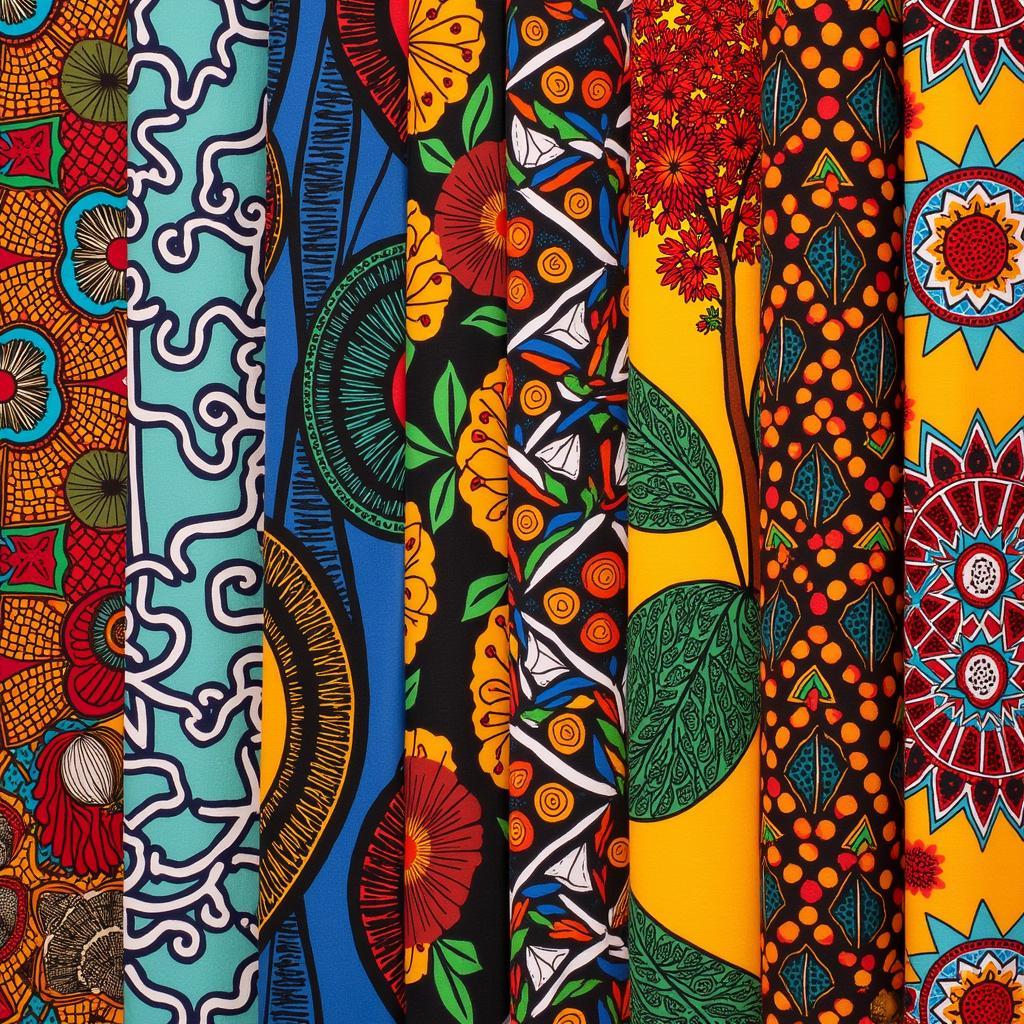African Americans and the American Media: A Complex Relationship
The portrayal of African Americans in the American media has been a subject of intense scrutiny and debate for decades. From early stereotypes to the rise of Black-owned media outlets, the relationship between African Americans and the media has been marked by both progress and persistent challenges. This article will delve into this multifaceted history, exploring the evolution of representation, the impact of media on perceptions, and the ongoing fight for equity and inclusion in the American media landscape.
A Legacy of Stereotyping: From Minstrelsy to the Modern Media
The history of African American representation in American media is deeply intertwined with the legacy of slavery and segregation. From the outset, Black people were often relegated to demeaning caricatures designed to reinforce white supremacy. Minstrel shows, popular in the 19th century, featured white performers in blackface, mocking Black culture, dialect, and physical features. These shows established enduring stereotypes that continue to haunt the media landscape today.
The Birth of Black Media and the Fight for Representation
In response to misrepresentation and exclusion, African Americans began establishing their own media outlets in the early 19th century. Newspapers like Freedom’s Journal, founded in 1827, provided a platform for Black voices and perspectives. These early publications played a crucial role in the abolitionist movement and advocated for Black civil rights. The rise of Black-owned newspapers, magazines, and radio stations throughout the 20th century provided vital spaces for African Americans to control their own narratives and challenge dominant media portrayals.
The Civil Rights Era and the Power of Visual Media
The Civil Rights Movement of the 1950s and 1960s marked a turning point in the relationship between African Americans And The American Media. Television brought the brutality of segregation and racial violence into living rooms across the nation, galvanizing support for civil rights and exposing the stark realities of racial injustice. Images of peaceful protesters being attacked with fire hoses and police dogs sparked outrage and helped shift public opinion in favor of equality.
However, even as the media played a critical role in advancing the cause of civil rights, it also continued to perpetuate harmful stereotypes. News coverage often focused on Black criminality, poverty, and social unrest, reinforcing negative perceptions and feeding into existing prejudices.
The Rise of Blaxploitation and the Search for Authenticity
The 1970s saw the emergence of Blaxploitation films, a genre that aimed to portray Black characters and experiences with a newfound sense of agency and authenticity. While these films offered some positive representations and challenged Hollywood’s traditional portrayals of Blackness, they also drew criticism for perpetuating stereotypes and glorifying violence.
The Digital Age: New Platforms, Old Challenges
The advent of the internet and social media has created unprecedented opportunities for diverse voices to be heard. African Americans have embraced these platforms, using them to share their experiences, challenge stereotypes, and build community. However, the digital age has also brought new challenges. Online platforms have become breeding grounds for hate speech, misinformation, and algorithmic bias, often amplifying existing inequalities.
The Fight for Media Justice in the 21st Century
Despite some progress, the fight for equitable representation and media justice continues. African Americans remain underrepresented in newsrooms, executive positions, and ownership roles across the media industry. This lack of diversity has a direct impact on the stories being told and the perspectives being shared.
Conclusion: A Call for Change
The relationship between African Americans and the American media is complex and constantly evolving. While progress has been made in challenging harmful stereotypes and increasing representation, significant challenges remain. To achieve true media justice, it is essential to dismantle structural inequalities, amplify marginalized voices, and promote accurate and nuanced portrayals of African Americans in all their diversity. By working towards a media landscape that reflects the richness and complexity of the African American experience, we can create a more just and equitable society for all.
